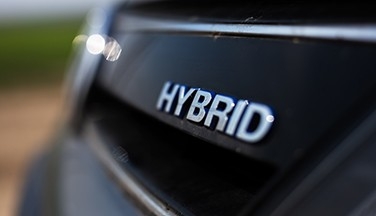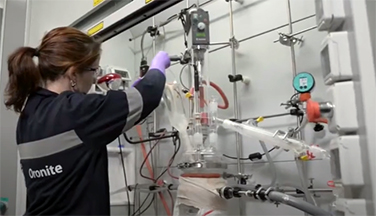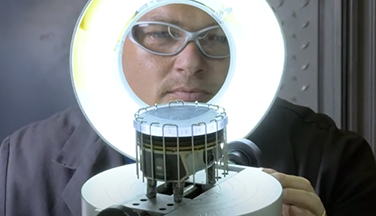passenger car motor oils


Passenger car motor oils (PCMO) must provide engine protection under a wide variety of conditions, ranging from low-temperature, short-trip service to extended high-speed, high-temperature operations.
With Chevron Oronite, every relationship along the entire supply chain is marked by the kind of integrity and flexibility that builds success through trust. We maintain strong OEM partnerships and collaborate with industry leaders to continue anticipating market needs and providing solutions. Our proven record of outstanding performance in safety and on-time delivery gives you the kind of dependability you need to keep up in a fast-moving world.










